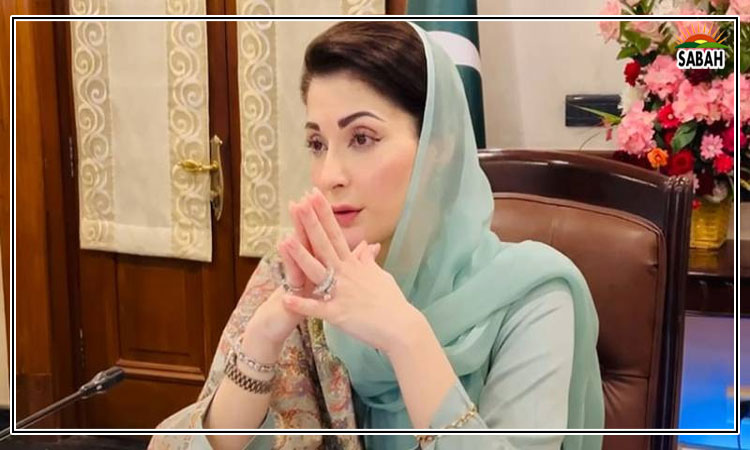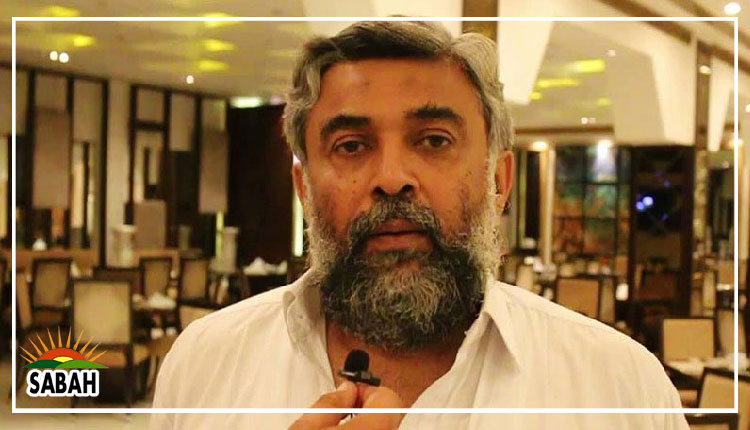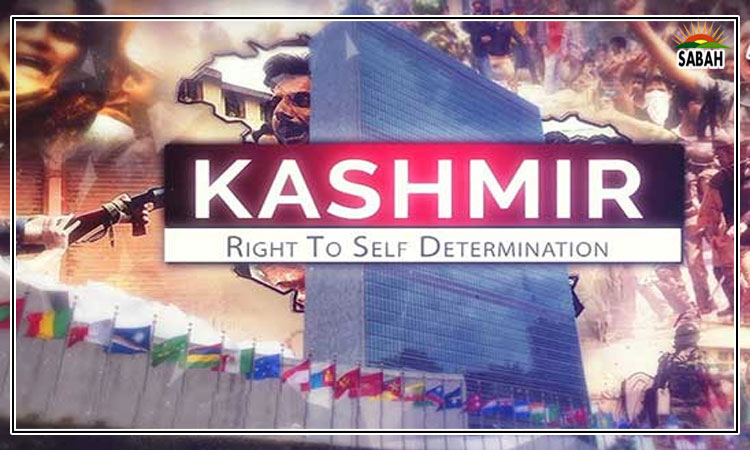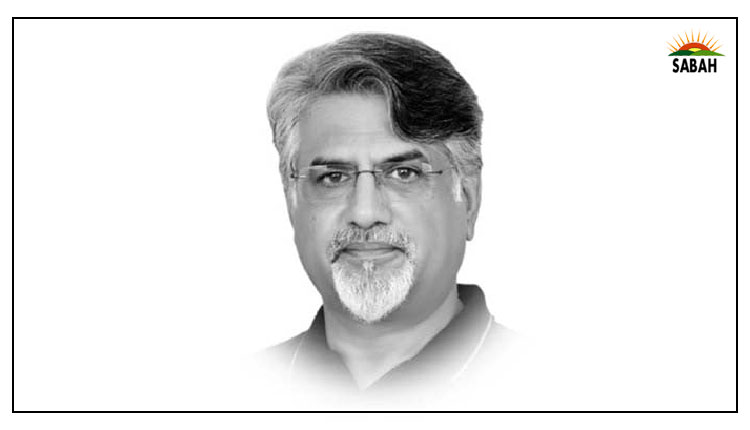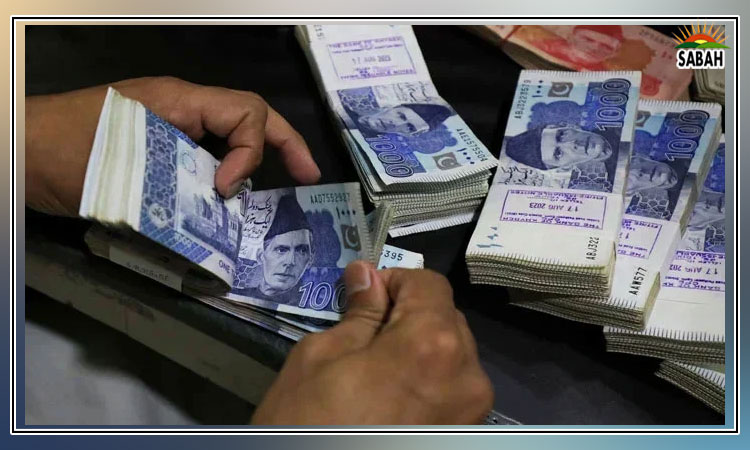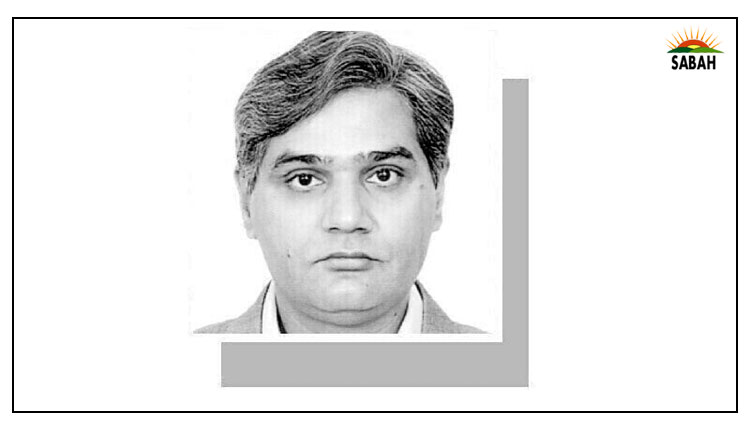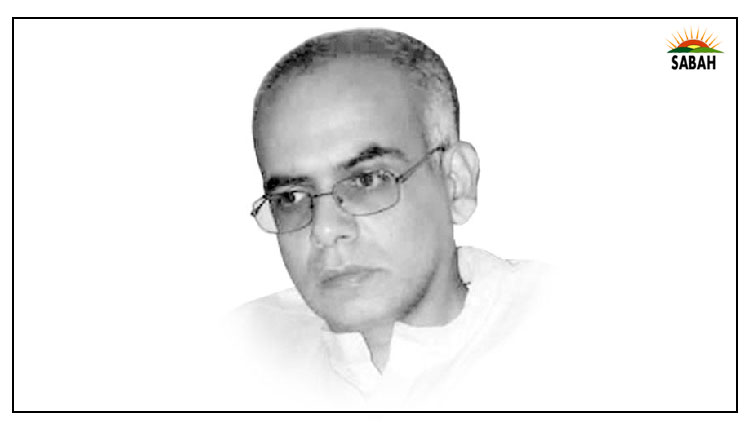The triumph of Moditva…Syed Mohammad Ali
With elections about to commence, Prime Minister Narendra Modi is again busy whipping up majoritarian sentiments that helped him secure a landslide victory in 2019. Enforcement of the controversial Citizenship Amendment Act 2019, which fast-tracks citizenship for all persecuted religious minorities barring Muslims, is the latest big step taken by Modi in his bid to turn India into a Hindutva state.
Back in December, the Indian Supreme Court cowered to Modis decision to revoke the special status of Kashmir. In January this year, Modi inaugurated the controversial Ram temple on the site of the razed mosque in Ayodhya. Voices of dissent continue to be muzzled, and the Indian media, dependent on state advertisements, readily serves as a mouthpiece for reinforcing ultranationalist narratives.
Many Indians seem convinced that Modi has not only championed the cause of Hindu nationalism, but is also turning the nation into a global power. After all, it is under Modi that India became the first country to successfully land on the south pole of the moon. Modi is also credited for turning India into an economic powerhouse, which can now rub shoulders with the most powerful nations in the world.
Despite his problematic role in the communal violence in Gujarat, and his ongoing assault on religious minorities, and on freedom of expression, Modi has steadily built a cult of personality that is likely to propel him to power for a third consecutive term.
Modis embrace of big business at home and abroad has seen India attract significant foreign direct investment and achieve impressive growth. Yet, this growth has been accompanied by glaring inequalities, and the dispossession of already marginalised communities, including the Adivasis.
Last months ban on issuance of election bonds, which enabled anonymous donations to political parties, may curb Modis ability to engage in lavish last-minute campaigning. The judicial ruling to make public the list of donors who have been purchasing these bonds since their introduction by Modi in 2017 may even stir some controversy, given that the BJP was the largest beneficiary of this scheme. However, this setback is not enough to dent prospects of Modis return to power. Modi has, in fact, significantly expanded his voter base by offering an array of government financed social welfare schemes, including in rural areas, despite farmer protests rejecting further liberalisation of agricultural policies.
Modis self-cultivated image of being a tea-sellers son, who has risen to become the leader of the largest democracy in the world, seems to have won hearts and minds not only within India, but also abroad. For instance, while formerly being barred from entering the US for his role in the Gujarat massacre, after becoming the head of the Indian state, Modi received the red-carpet treatment in DC under the Obama, Trump, and Biden administrations. With its huge market, and its ability to counter-balance China, India is an important bilateral partner for the US and Europe. The self-interested western endorsement of Modis leadership enables him to boost his personal image at home.
Post-colonial India had already experienced glimpses of authoritarianism under Nehru, and under Indra Gandhi, especially during the years of emergency rule. However, Modi has distorted the Indian polity into a very illiberal form of democracy, one where elections are regularly held, but where ordinary people have succumbed to the charms of a populist strongman, who unabashedly advocates the tyranny of majoritarianism.
In a recent Pew survey of two dozen countries, 85% of respondents in India supported the idea of military rule or rule by an authoritarian leader. This is a perturbing outcome for a country which claims to be the largest democracy in the world.
Courtesy The Express Tribune



